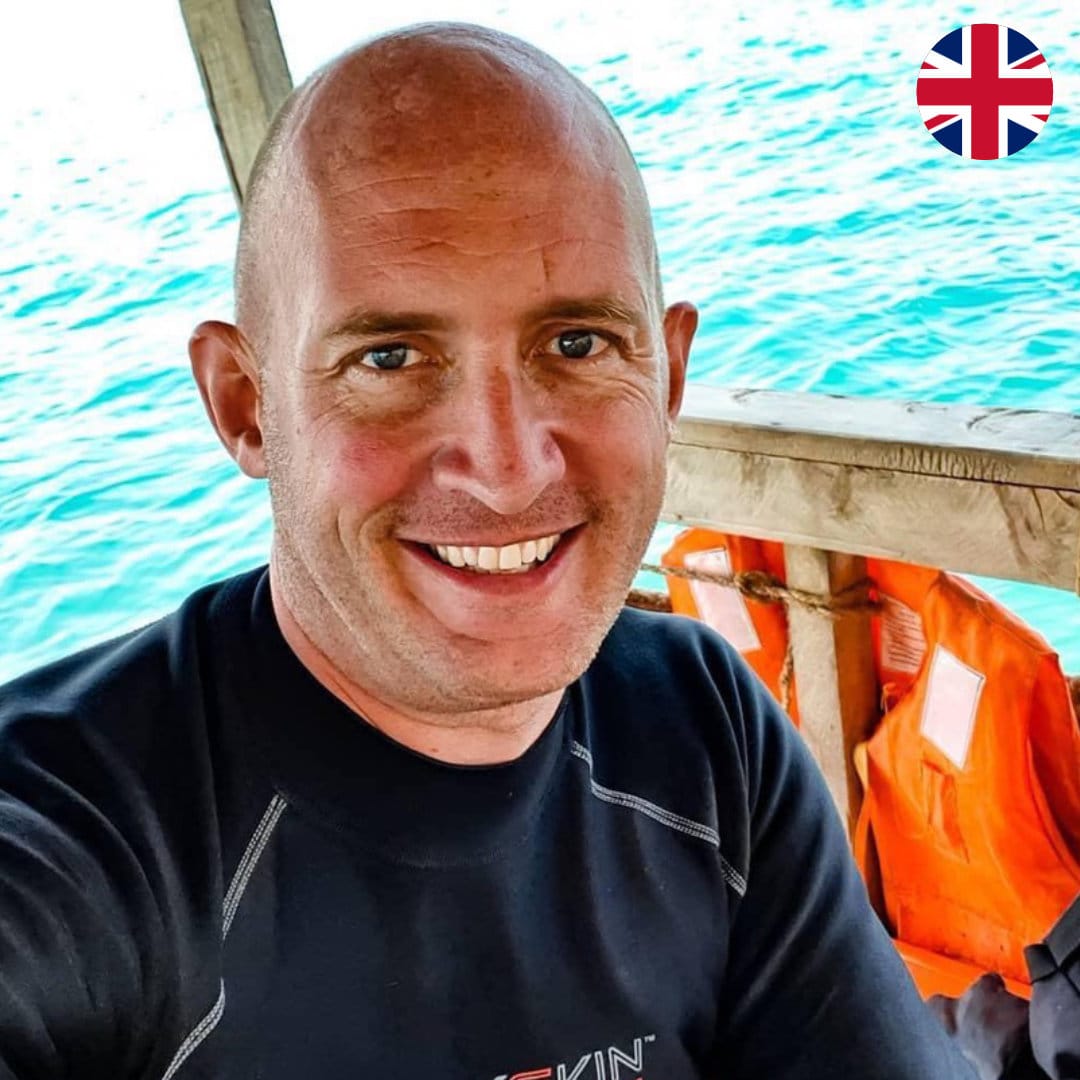If you’re planning a dive holiday, one of the most important safety questions is this: How long must I wait before flying after scuba diving?The answer can affect your itinerary, especially on your last day of diving. Getting it wrong could lead to serious health risks, including decompression sickness. So let’s break it down.
Why You Need a No-Fly Window
During a dive, your body absorbs nitrogen due to the pressure underwater. As you surface and return to normal pressure, that nitrogen begins to leave your body. Flying after scuba diving too soon exposes you to a rapid decrease in pressure. This can cause the nitrogen to expand too quickly, which increases your risk of decompression sickness—also known as “the bends.”
That’s why every diver must wait a certain amount of time before boarding a plane. This waiting period is what we call the no-fly time.
What the Dive Training Agencies Recommend
Different training agencies give slightly different guidelines, but all agree on one thing: you must allow time for your body to off-gas safely.
SSI recommends a minimum surface interval of 24 hours after any series of dives before flying. It’s a conservative approach that reduces risk.
DAN (Divers Alert Network) echoes this advice, especially for multiple dives over multiple days or any dives requiring decompression stops. DAN also supports a 24-hour no-fly window to be as safe as possible.
PADI suggests waiting at least 18 hours after repetitive dives and at least 12 hours after a single no-decompression dive, although 18–24 hours is safer when possible.
SDI/TDI follows similar recommendations to PADI and DAN. They advise a minimum of 18–24 hours depending on the dive profile and number of dives completed.
NAUI encourages a minimum of 24 hours after any diving activity. Their conservative stance is based on safety-first principles and applies regardless of the dive depth.
CMAS does not give a universal number but generally recommends waiting at least 24 hours before flying, especially after deep or repetitive dives.
RAID also advises a 24-hour no-fly time, particularly after any diving activity involving multiple dives, deep dives, or enriched air (nitrox) use.
Play It Safe and Plan Ahead
Although you might find slightly different recommendations, most experts agree that 24 hours is the safest no-fly window. It gives your body plenty of time to eliminate excess nitrogen and reduces your risk of decompression sickness to near zero.
So when planning your diving holiday, schedule your final dive at least a day before your flight. Relax, enjoy the beach, and let your body recover. The ocean will still be there for your next adventure.






























